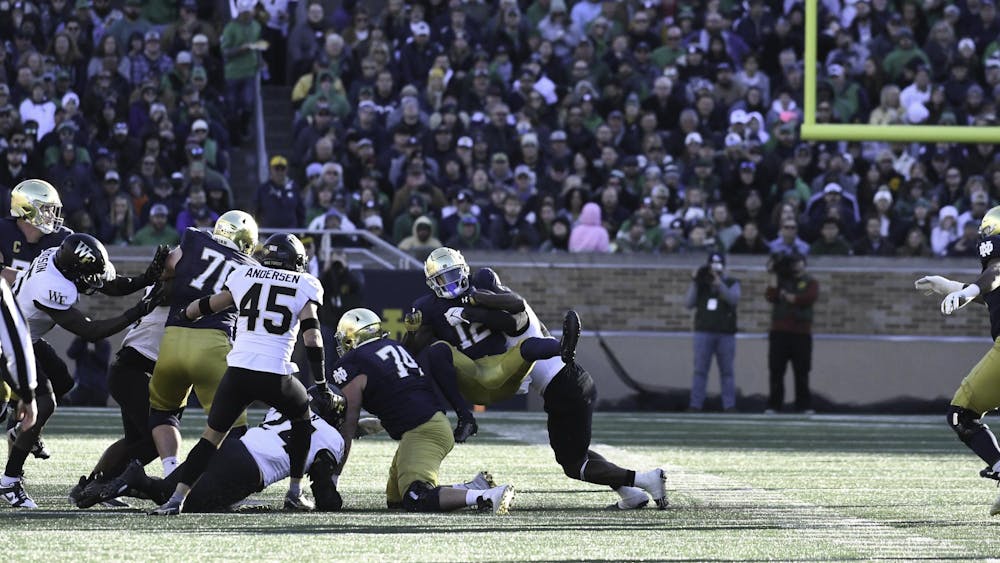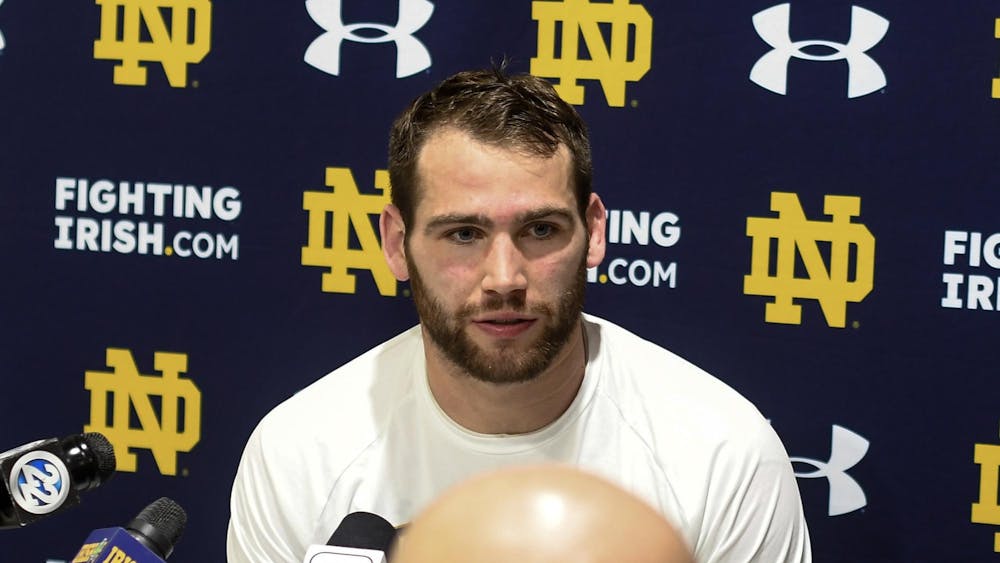Controversy and upsets in a championship make memorable moments most sports fans live for, especially when one of the greatest athletes alive is involved. The U.S. Open was no exception to that this year, but the controversy surrounding Serena Williams and the chair umpire Carlos Ramos overshadowed 20-year old Naomi Osaka beating Williams — Osaka’s childhood idol. Williams’ untimely tirade reduced Osaka’s big victory from a national headline to a footnote in most major sports outlets.
For those not privy to the altercation, after dropping the first set 6-2 to Osaka, early in the second set Serena was given a coaching warning after her coach Patrick Mouratoglou was seen making a hand gesture —which he later admitted to post match. Later in the second set, after being broken on serve and trailing 3-1 to Osaka, Serena smashed her racquet and was given a point penalty assessed for the next game. Upset after losing a point, Serena called the umpire a “thief” and demanded an apology, which Ramos in turn deemed verbal abuse and docked her a game. She would go on to lose the set 6-4. The entire incident costed Williams $17,000 dollars in fines and a very split media reaction.
Sure, a lot of blame could be placed on Ramos, given that all of the subsequent events could have been avoided had Ramos shown the same leniency to Williams that male tennis players receive without even asking. Even with the drastic mistake Ramos made, he isn’t the only person at fault in the situation.
After watching the highlights, I could hear my mother’s voice echoing in my head with the all familiar phrase “It takes two to tango.” Williams is just as responsible for the altercation as Ramos. As much as I admire the strength and poise Williams normally possesses, frustration took over for her, and she lost her poise. Williams played poorly most of the match and her spat with Ramos eliminated any and all momentum she had mustered up in the second set. Was Ramos officiating indicative of sexist bias? Probably. Should Williams have responded the way she did? No.
This wasn’t the first tirade against a grand slam official for Serena. She has a well-documented track record at the U.S. Open, including an outburst in the quarterfinal match in 2004 after a bad call, and in 2009 when Williams received a point penalty for telling a line judge that she will “shove this ball down [his] [expletive] throat."
For a seasoned player of William’s stature, this type of behavior is unacceptable. Michelle Obama said it best “When they go low, we go high.”
After the hoards of boos that filled Arthur Ashe Stadium, Williams was able to momentarily redeem herself, coming to Osaka's defense post-match and allowing her to bask in the glory of her first grand slam. But it was too late — the damage had been done.
While I am not in favor of Serena’s delivery, her message was correct. As my colleague Courtney Becker wrote earlier this week, there is a huge double-standard in treatment of how female and male athletes are treated. The evidence is overwhelming in sports, from examining the numerous technical fouls given in the WNBA for players showing casual emotion, or looking back two weeks ago to French tennis player Alize Cornet being given a penalty for changing in less than ten seconds. Meanwhile Novak Djokovic sat shirtless during the Open without any warning. The continuing backlash Williams received afterwards is evident of this double standard. Although Williams behavior was unacceptable, it was downright despicable for Williams to be painted as the angry black woman by the media, including the racist cartoon caricature by the Herald Sun.
While Williams is deserving of fault for the way she reacted, she shouldn't be treated any differently than any other athlete who has done the same or worse.













